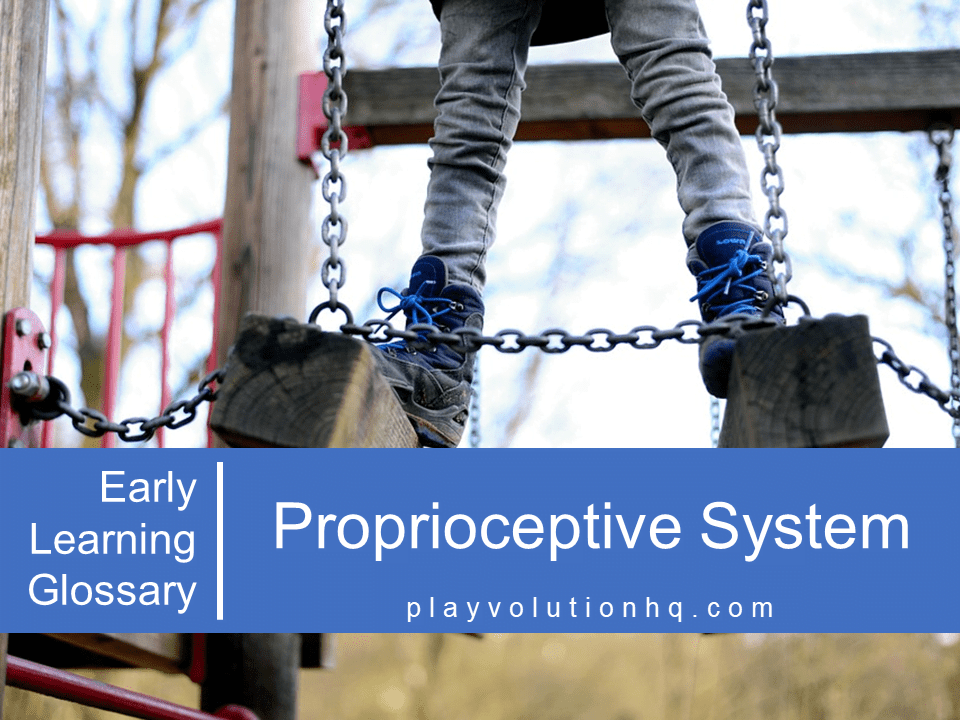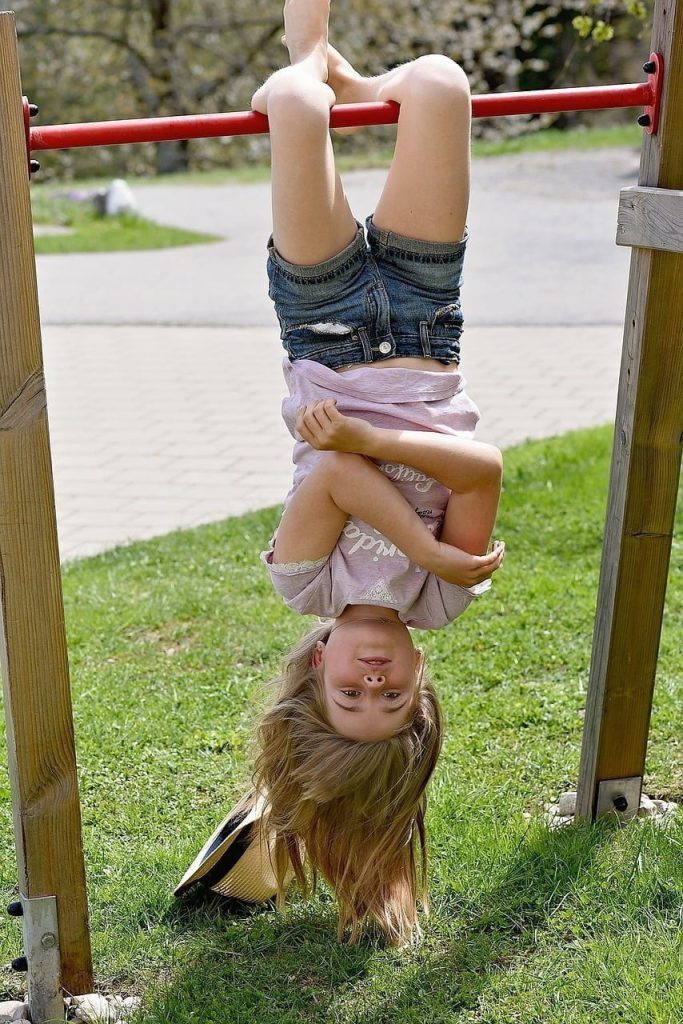
Table of Contents
About The Proprioceptive System
The proprioceptive system is a complex network of sensory receptors responsible for our sense of body awareness and position. These receptors are located in our muscles, tendons, and joints and send signals to the brain about our muscles’ position, movement, and tension. The brain then uses this information to coordinate movement, maintain balance, and adjust posture. The proprioceptive system is integral to our overall sense of physical awareness and is essential for everyday activities such as walking, running, and reaching for objects.
The proprioceptive system is vital to physical awareness and plays a crucial role in daily activities. It comprises sensory receptors in our muscles, tendons, and joints that send signals to the brain concerning our body’s position, movement, and tension. The brain then processes these signals to coordinate movement, maintain balance, and adjust posture.
The proprioceptive system works hand in hand with other sensory systems, such as the vestibular system, to ensure that we maintain an upright posture and move efficiently. For instance, when we walk, our brain receives signals from our vestibular system, which helps us maintain balance, while the proprioceptive system sends signals about our leg muscles’ movement and position. The brain then uses this information to coordinate our leg movements, ensuring that we walk smoothly and efficiently.

Proprioception And Child Development
The brain and nervous system play a vital role in child development. From birth, babies begin to make connections in their brains as they learn to navigate their environment. The nervous system transmits signals throughout the body, allowing us to move, feel, and respond to stimuli. Proprioception is an essential part of that process.
Children need to move and play to develop their proprioceptive system, which is responsible for body awareness and coordination. Sedentary behavior, like sitting in front of screens for extended periods, can hinder the development of this crucial system.
When young children are not moving and exploring their environment, their proprioceptive system doesn’t get the necessary stimuli to develop correctly, leading to delays in gross and fine motor skills and challenges in spatial awareness and balance.
Parents and caregivers must prioritize active play and movement in children’s daily routines. This can include activities such as climbing, jumping, crawling, running, flipping, roughhousing, playing with balls and other objects that require physical interaction, and superhero play.
By providing children with these opportunities, their proprioceptive system can develop in a healthy and natural way, setting them up for success in physical activities and overall development. Encouraging children to move and play supports their physical growth and promotes their cognitive, emotional, and social development.
Tension, Compression, And Moment
The concepts of compression and tension significantly influence the development of proprioception. Proprioception enables the body to sense its position and movement in space. Specialized receptors known as proprioceptors, found in the muscles, joints, and tendons, generate this sense through their feedback.
Compressions refer to the pressure applied to the proprioceptors when the muscles contract or when the joints are compressed. This pressure serves as crucial feedback for the proprioceptive system. Children provide this feedback to their proprioceptive system about body position and movement when they participate in compression activities, like running or engaging in Heavy Work. Such feedback aids in the development and refinement of the proprioceptive system.
Tension, on the other hand, refers to the stretching of the muscles and tendons. When children engage in activities that involve tension, such as stretching or hanging from monkey bars, they provide their proprioceptive system with a different type of feedback. This feedback helps the proprioceptive system better understand the body’s position and movement in space, particularly in relation to gravity.
Both compressions and tension are important for the development of proprioception. When children engage in activities that involve both types of feedback, such as climbing a ladder, they provide their proprioceptive system with a variety of stimuli that help it develop in a healthy and natural way.
In addition to compressions and tension, the concept of moment also plays a role in the development of proprioception. Moment refers to the force of an object rotating around a pivot point. When children engage in activities that involve moments, such as spinning on a playground carousel or standing on one foot, they provide their proprioceptive system with feedback about the body’s position and movement in relation to the pivot point. This feedback helps the proprioceptive system to develop a better understanding of balance and coordination

Bones, Muscles, And Connective Tissue
Bones play a crucial role in proprioception by providing a stable framework for the muscles and joints to move around. The proprioceptive system detects the position and alignment of the bones to provide feedback about the body’s position.
Muscles are responsible for generating force and movement in the body. They work with the bones and joints to create movements detected by the proprioceptive system. The muscle spindles within the muscles are specialized cells that detect changes in muscle length and tension.
This information is sent to the brain to help it understand the body’s position and movement. Connective tissue, including tendons and ligaments, also plays a role in proprioception. Tendons connect muscles to bones and transmit the force the muscles generate to the bones. Ligaments connect bones to other bones and provide stability to the joints.
These structures are rich in nerve endings that detect tension, pressure, and movement changes. This information is integrated with other sensory information to provide feedback about the body’s position and movement.
Bone, muscle, and connective tissue provide feedback about the body’s position and movement through proprioception. Each component plays a unique role in this process, but they all work together to help us maintain balance, coordination, and overall physical function.
Readers should note that all the activities that build a robust proprioceptive system lay the foundation for future academic success. For example, it’s hard for a child to learn to write if they do not have a well-developed proprioceptive system.

Proprioceptive System Wrap-Up
Promoting the healthy development of the proprioceptive system is crucial for early childhood education. Early learning professionals can support this development by incorporating heavy work, rough-and-tumble play, climbing, jumping, swinging, superhero play, and other self-directed play into their curriculum.
Additionally, grip pressure plays a vital role in proprioceptive development as well. Activities like squeezing playdough or using tongs to pick up objects can help children develop the fine motor skills and grip strength needed for healthy proprioception.
The activities that naturally attract young children contribute to developing strong and resilient bodies, better preparing them to face life’s challenges. Adults need to provide more time for these activities.
Related Posts
Find more information about the 8 sensory systems at these links:
- 8 Sensory Systems That Drive Playful Learning
- Supporting School Readiness With Sensory Integration
- Sensory Play
- Sensory Integration
Contribute content to Playvolution HQ
Brought to you by Explorations Early Learning
Thoughts On This Entry?
I’d love to hear your thoughts on improving this entry and suggestions for additional glossary additions in the comments below. You can also contact me with comments or concerns.
Browse Trainings
Post Author
Jeff Johnson is an early learning trainer, podcaster, and author who founded Explorations Early Learning, Playvolution HQ, and Play Haven.


Leave a Reply